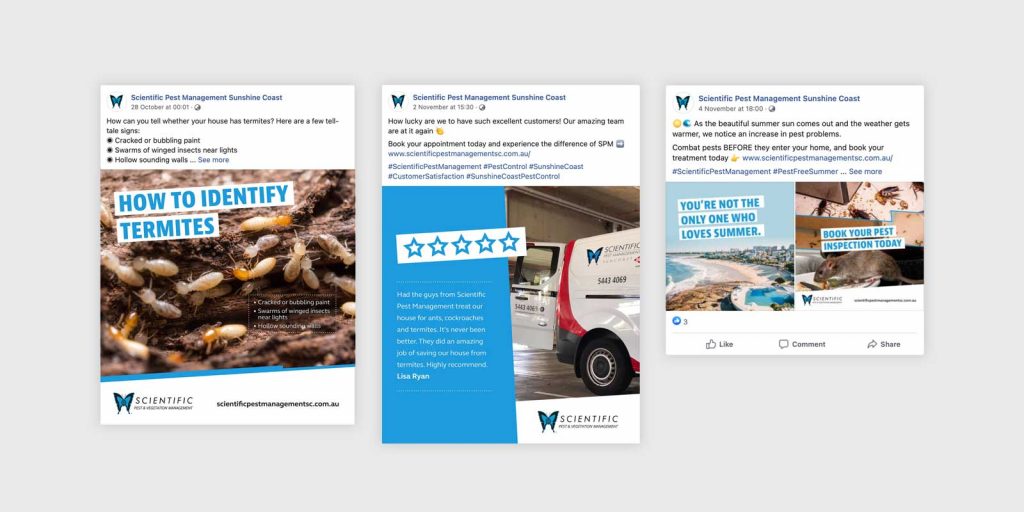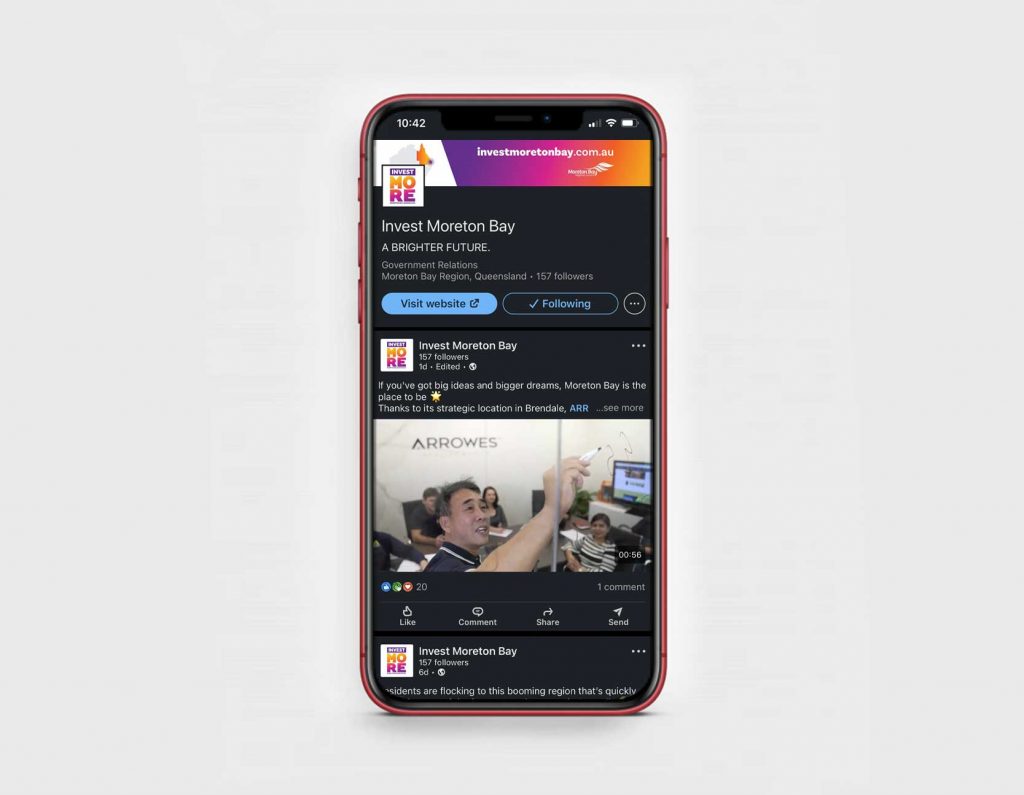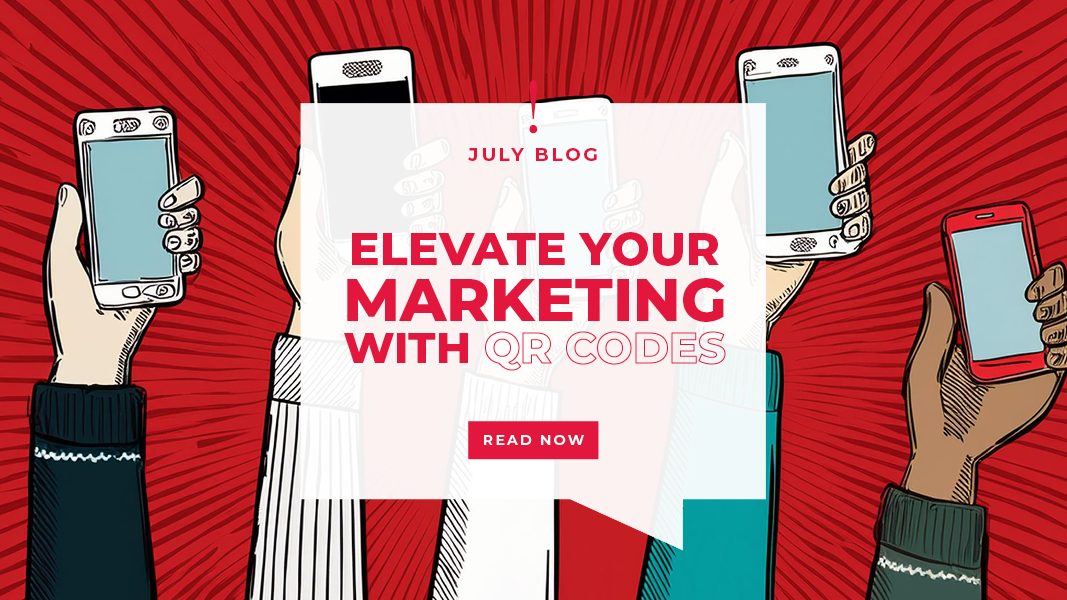Inbound vs outbound marketing
Posted on |

In marketing, there is two distinct ways of reaching more customers. Inbound Marketing and Outbound Marketing. Yet, this doesn’t mean that both marketing approaches cannot be used within the one campaign, to reach a greater audience and enhance the desired messaging.
Here we will outline the differences between Inbound Marketing and Outbound Marketing and how and when to best utilise each to best appeal to your target audience. So what is the difference between inbound and outbound marketing?
Very simply, inbound marketing refers to those activities encouraging customers to come to you when they need to. Common examples are social media, opt-in newsletters and Search Engine Optimisation (SEO). In comparison, outbound marketing involves attempting to interact with all customers, regardless of their interest in your business. This may include television, radio, signage, direct mail, digital display ads and sponsorship marketing.
- Inbound Marketing
Attracts the customer to you
Popular formats include:
- Blog posts
- eBooks
- Downloadable content
- Social media
- Video marketing
- Newsletters
No hard sell
Is the content
- Outbound Marketing
Find the customer wherever they are
Popular formats include:
- TV ads
- Disruptive advertisement, eg. before a video
- Radio ads
- Cold calls
Hard sell or offer
Disrupts the content
Leveraging inbound marketing
Inbound Marketing is a non-intrusive form of marketing that seeks to help people solve a problem or make a decision through relevant and helpful content.
Inbound marketing attracts prospects using keywords and then turns them into customers by accompanying them as they progress through the buyer journey.
Inbound marketing is on the rise, because instead of disrupting people with invasive ads and no-caller-ID calls, it works to attracts customers to your business. Using content such as social media, search engine optimisation, newsletters, blog posts, infographics, video, podcasts, eBooks and more an inbound marketing approach draws customers to your business using information they are seeking.
The idea behind inbound marketing is to create and distribute relevant and valuable content that the customers want. The focus is on generating brand awareness through valuable and meaningful content. The best way to facilitate this is through consistent, quality posts on social media, and a strong, searchable and informative website.



Leveraging outbound marketing
Outbound marketing is a more intrusive and disruptive form of marketing. A few great examples of this include TV ads, radio ads and billboards. There will always be a place for outbound marketing strategies, particularly those which can effectively break through the clutter and leave a memorable message in the minds of consumers.Outbound marketing includes paid marketing activities, which seek out potential consumers and attempt to sway their purchase decision. This approach can be particularly successful, with the introduction of smart technology, allowing marketers to target detailed consumer groups with social media ads and conversion workflows.
An outbound marketing approach should focus on being memorable and standing out. Seeing as consumers are increasingly harder to reach, an outbound approach should capture attention and tell the consumer what you can offer them, all within the content piece you are displaying.
Outbound marketing is most effective for:
- Disruptive messaging
- Capturing attention
- Building brand awareness


Which will it be? So where does this leave marketers?
Inbound marketing can be leveraged to attract consumers to you, through understanding the consumer journey.
In four key stages, a consumer can change from a user to an advocate:
- Attract new users:
Through social media, blogs, SEO and video content
- Convert visitors to leads:
With your website landing page, a strong call to action and forms
- Close the sale:
Convert leads to clients with carefully planned workflows
- Generate brand loyalty:
With interesting content, a new call to action and cross selling
Outbound marketing follows more of a “interruptive” approach, seeking to:
- Generate brand awareness:
Through widespread marketing messages
- Generate leads:
At a large scale, to engage in the conversion workflow
The most effective campaigns are those which attract the desired target market. There is no right or wrong way to do it, so long as you understand where your target market is, and how you can best reach them.




